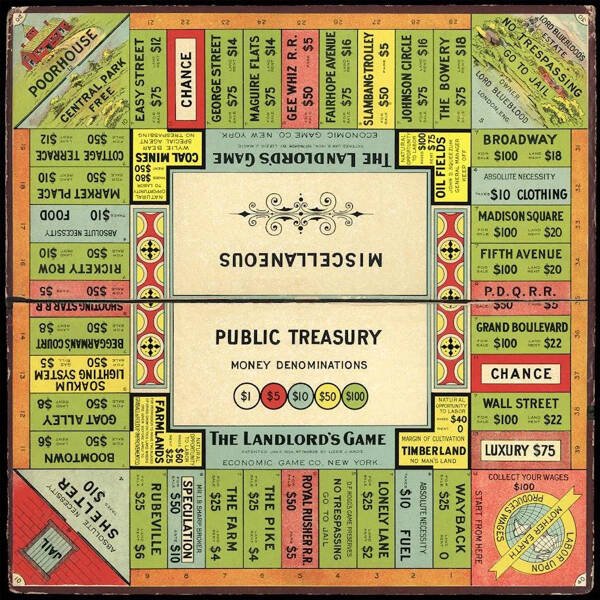King Charles II and his Tryst with the King’s Cranium Drops
Charles, who reigned from 1660 to 1685, was himself an enthusiast chemist and even had his own laboratory where he practiced distillations. In the story of the King’s Drops, the king reportedly paid six thousand pounds to Goddard, then a member of the Royal Society, who had received recognition for his distilled
powdered skull
recipe.
Before his death, Charles purchased the famed distillation and began to create variants in his laboratory. Mixing it with alcohol, he would sip it frequently while at work. The drops were often mixed into wine or chocolate, and became popular for a variety of ailments.
Skulls acquired for use in The King's Drops came from Ireland after paying gravediggers on the sly to supply them.
In his final days, doctors were pouring 40 drops of this miracle elixir down the king’s throat on a daily basis, but to no avail. Modern scientists and historians go so far as to speculate that the drops potentially sped up Charles’ demise, which finally came on February 6th, 1685. Though medical proof did not attest to the
healing powers of this concoction, and neither did the tests performed on those who consumed it, the drops found a way into people’s medicine cabinets.


I did the research now. Unfortunately it still remains a mystery, but this really happened, they even have more photographs and explanations if you want to check them out.




